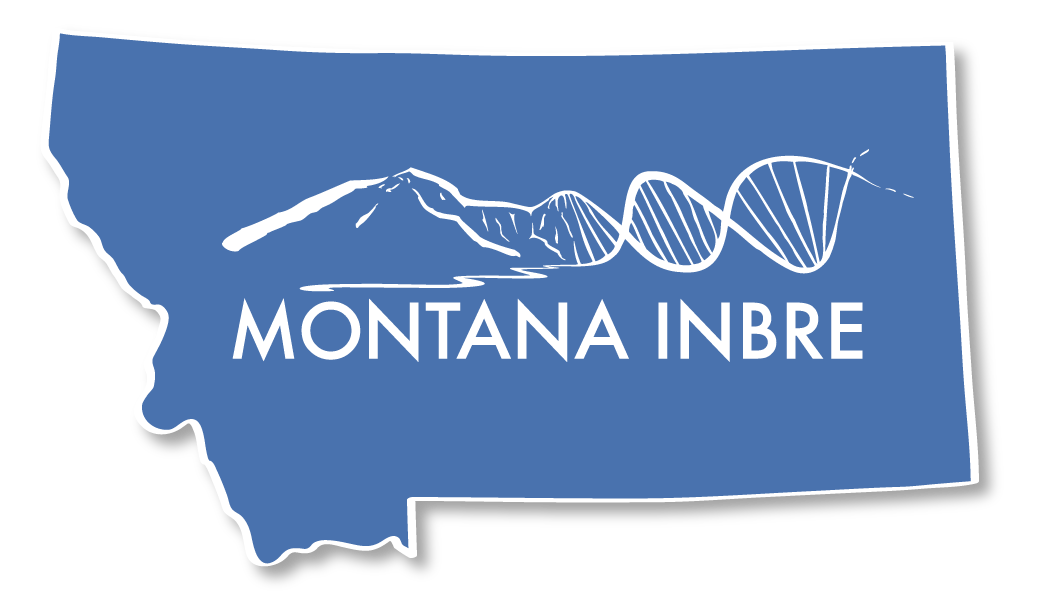Emily Graslie: From Art to Science - a new perspective on communication
April 10, 2014
6:00pm, Baxter Ballroom, 105 W. Main, Bozeman, MT
Frank discussions about environmental health can be difficult to inspire, whether it's because of the tone of presentation or the medium used. As proactive communicators driven to connect with large audiences, we - science communicators, teachers, and enthusiastic members of the public - have had to utilize a variety of different social and digital media in order to get the conversation started. Effective and wide-reaching campaigns to raise awareness on local and global scales require not only that the communicator and their cause have credibility, but that those individuals may successfully deliver imperative information. This presentation will discuss the trials and tribulations of these effective and sometimes not-so-effective measures taken by professionals, institutions, and amateurs, and how knowing your audience is more than half the battle.
Emily Graslie graduated from The University of Montana in 2011 with a BFA in studio art. After developing a late-blooming love for science, in January of 2013 she launched an educational YouTube channel called 'The Brain Scoop' out of the university's Philip L. Wright Zoological Museum. The Brain Scoop aims to encourage and inspire a love and appreciation for science, biology, and the natural world in all viewers. In July of that year she moved TBS to Chicago, where it is now filmed out of The Field Museum and continues to grow an impassioned international audience.
Read the Chicago Tribune article about Emily’s move to the Field Museum or listen to Emily on “The Brain Scoop”.
The Café Scientifique was co-sponsored by Montana INBRE and Montana State University COBRE programs.


